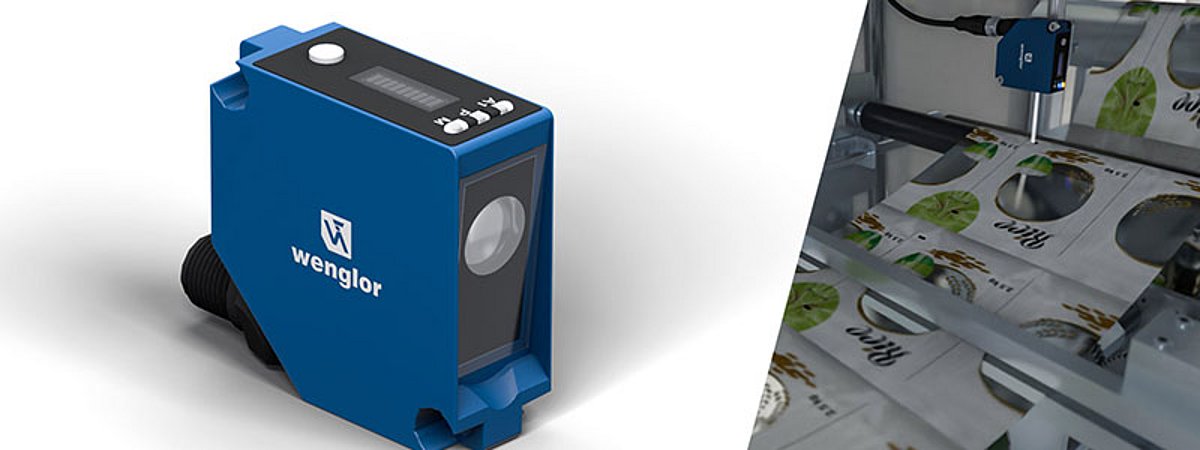Wenglor P1PW contrast sensors detect the slightest differences in contrast

The contrast sensors in the new P1PW series from the Wenglor sensoric group detect the smallest differences in contrast on a wide variety of surfaces and materials.
The new contrast sensors of the P1PW series from Wenglor with white light reliably detect color-intensive to pale markings, even in fast process sequences against any background. Three integrated operating modes allow the P1PW sensors to be used variably as print mark readers, contrast sensors and for detecting color differences. A job memory ensures fast batch changes so that no individual settings are required during operation. The P1PW contrast sensors offer maximum flexibility thanks to the three integrated operating modes. Thanks to the emitted white light and the differentiated evaluation of the received light according to red, green and blue values, the sensors also detect markings with the slightest difference in contrast. The functional principle is convincing: while in print mark mode reliable differentiation between mark and background is achieved by using the largest contrast difference of a color channel, in contrast mode the evaluation of the average light intensity of all color channels ensures the detection of the smallest contrast differences. The color mode enables the reliable detection of color differences by using the signal values of all color channels. Thanks to the automatic adjustment of the light intensity across all modes during teach-in, the P1PW sensors also solve challenging process situations with colored, glossy and transparent material.
The P1PW series is ideal for dynamic processes: With the integrated step detection, the stable detection of contrast differences succeeds independently without the need for re-parameterization during the running process. Thanks to the high switching frequency of 50 kHz and the low jitter, applications with high process speeds are reliably solved. In addition, the automatic adjustment of the light intensity ensures the precise detection of a wide variety of surfaces, including very shiny ones. The homogeneous and rectangular light spot emitted as highly visible white light reliably detects even the smallest objects. Teach-in is intuitive at the touch of a button. The operating mode is also set directly on the device, so no adjustment tools are required. The P1PW sensors provide clear feedback on teach-in quality and process stability at any time during the process thanks to the integrated LED bar display. The ease of use ensures optimum adaptation to challenging applications. Relevant product information can be called up directly via the printed QR code. The insertable nuts in the housing enable flush and flexible mounting of the sensors, which is also made easier by the 270-degree rotatable plug.
